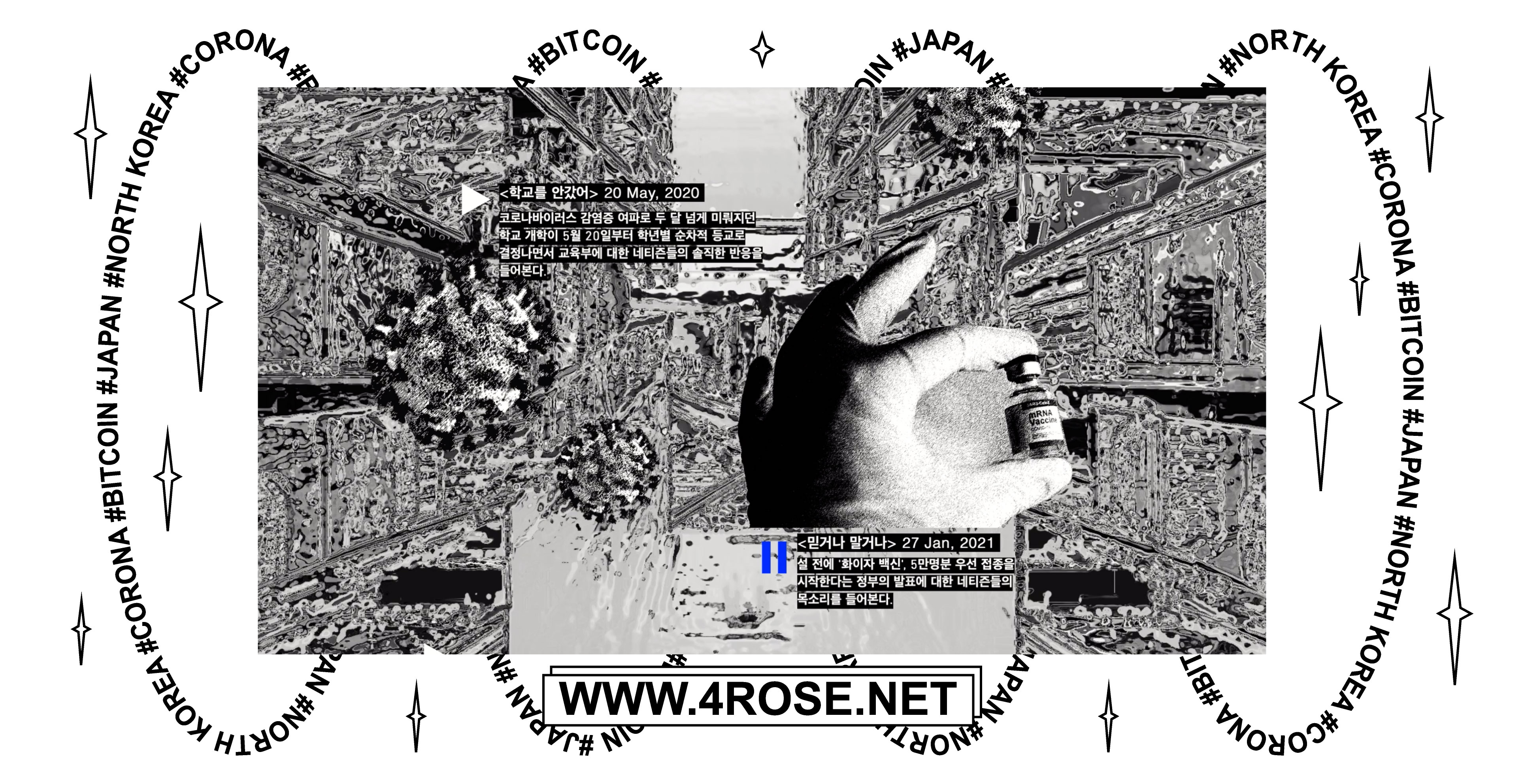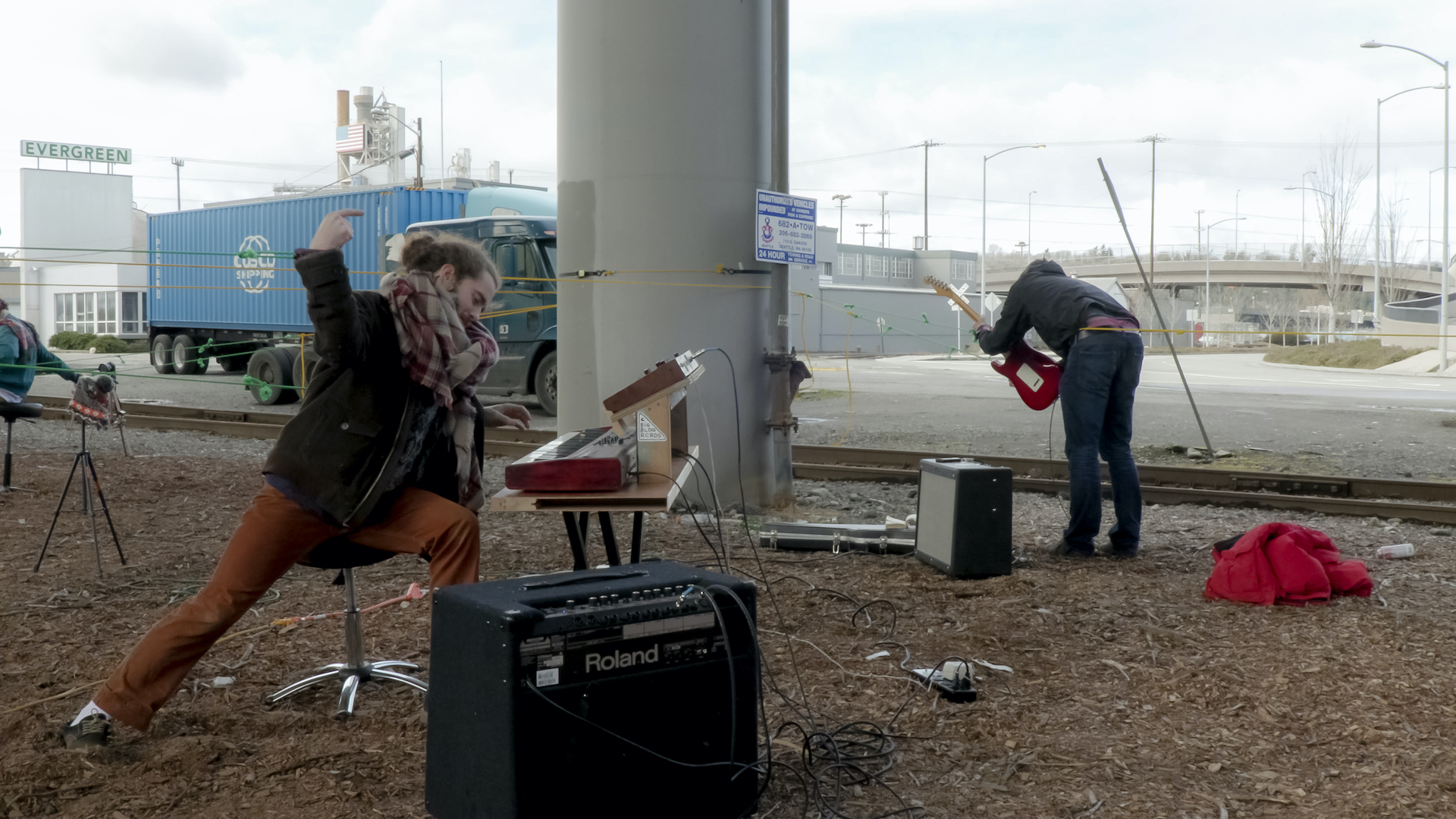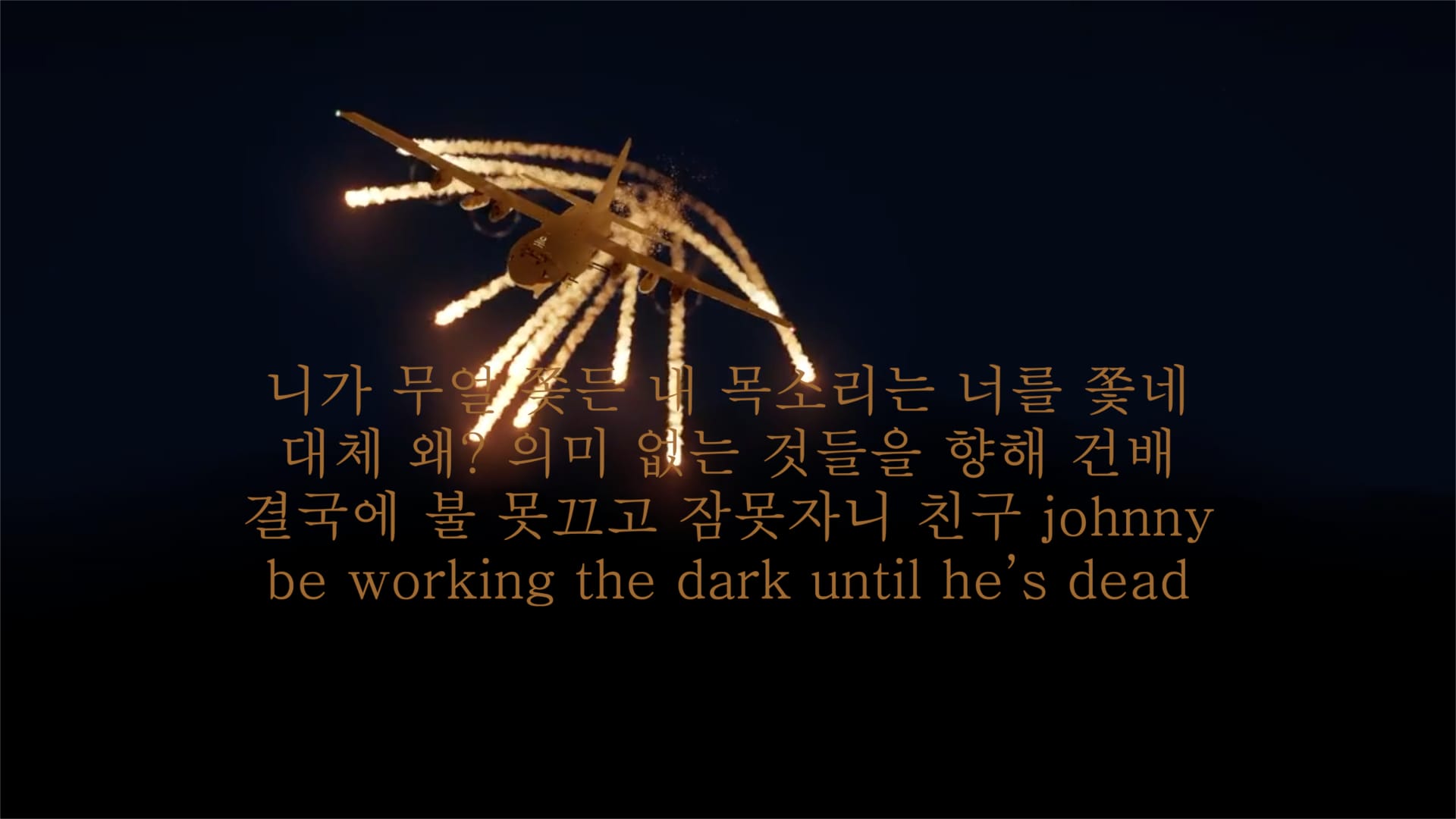Amid the overabundance of digital images and music produced by a commercial culture industry, large swathes of people are losing their voice. Visual and aural representation have become popularized and widely accessible through digital technologies, but political representation is increasingly erased by economic profit. The people are represented only insofar as they are potential consumers. Still, as free-ranging, floating sounds proliferate, artists continue to strive to capture their identities in sound.
In Joy of Singing, six artists showcase a range of experimental explorations into the artistic possibilities of popular music. Here popular music is not the elitist popular music labeled as such to distinguish it from a high culture, nor is it synonymous with the pervasive pop music produced by the conveyor belt of the culture industry. Instead, this popular music resists the rules and constraints of the system to sing its own ideas about people and the world according to its own aesthetics: it is a new type of people’s music. The six artists pay homage to pop music that sing the realities and dreams of people who are marginalized, whether due to gender, sexual orientation, or race, in work that express their own aesthetics and critical thinking.
Dew Kim sings the spell-like words of a female pop idol’s song, blurring the overt binary gender roles reproduced by the K-pop industry. Through virtual girl group 4ROSE, Ga Ram Kim has been releasing digital tracks since 2014 based on comments found beneath popular news articles online. Kwanghwee Ahn borrows the hip hop genre to sing about the struggles of millennials artists. Daniel Schine Lee’s Jam and Cook is an interactive installation piece prompted by the history of underground music featuring rap and turntables.
Pauline Curnier Jardin focuses on the ambiguity and multiple identities of Jeanne d’Arc (Joan of Arc) as farmer’s daughter, heretic, witch, patron saint of France, Catholic martyr, male and female. Grotta Profunda shows how women from impoverished backgrounds, social minorities as exemplified by figures like the Virgin Mary or Bernadette Soubirous, attain political, military, or religious recognition. Jimi Hendrix closed Woodstock Festival in 1969 by played the American national anthem, the Star-Spangled Banner on his electric guitar. The explosive dissonant notes protested the ongoing violence and bombings in Vietnam, and became a symbol of the civil rights and anti-war movements and of counterculture in the US. Japanese artist Tsubasa Kato holds a tribute concert in Seattle, Hendrix’s birthplace, where this legendary performance is reenacted. Four white musicians struggle against the rope binding them to perform the piece.
The approach to representation is multilayered, elaborate, and detailed. Our bodies, where race, class, and gender intersect, are not pure natural objects. Their representation reveals the values placed on human bodies by the contemporary world. The works by these six artists pay tribute to popular music and are simultaneously internationalist, experimental. In an age of music monopolies, these artists come together in solidarity to agitate against commodification.
Written by Ji Yoon Yang
Director, Alternative Space LOOP
Translated by Emily Yaewon Lee






















